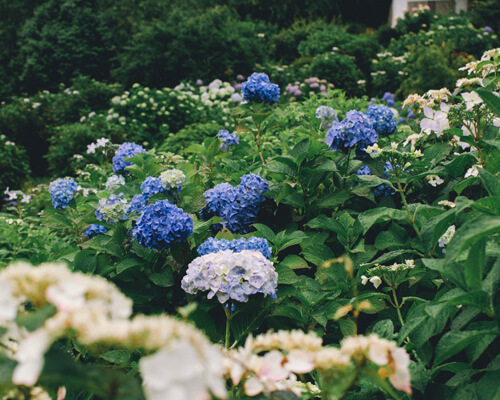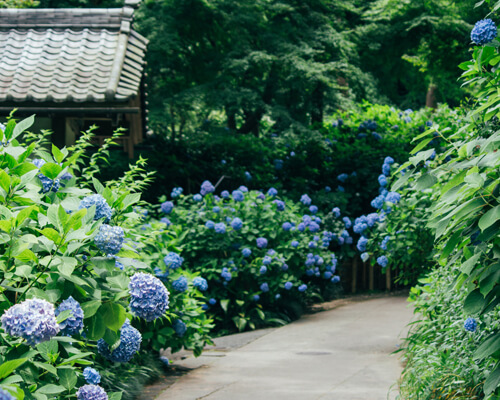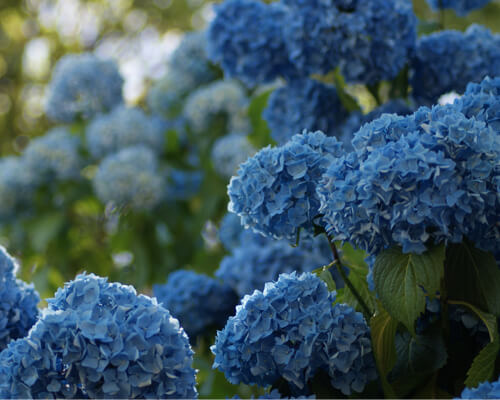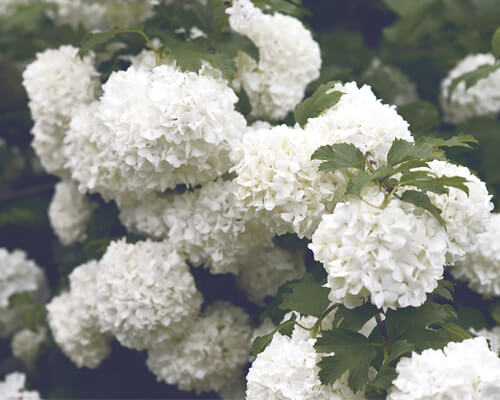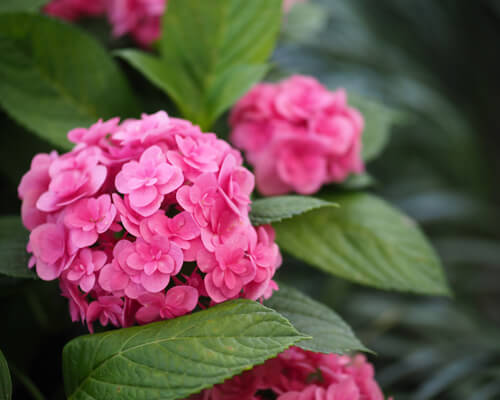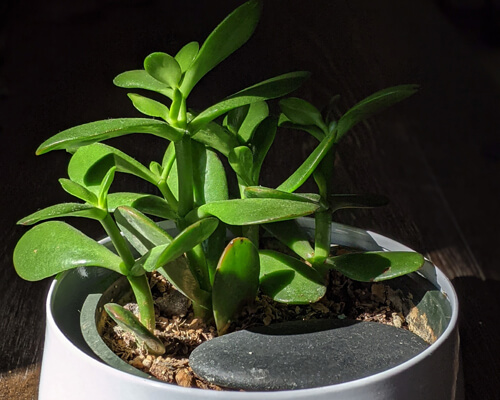How to Identify Lavender?

Are you wondering how to identify lavender? Look no further!
Lavender is a fragrant herb with gray-green foliage and purple blooms.
The plant grows up to three feet tall and is often used for its medicinal properties and calming scent.
But, there are many different types of lavender, so it’s important to know how to identify them correctly.
By examining the leaves, blooms, and scent, you can determine which type of lavender you have.
Types of lavender plants
1. English Lavender (Lavandula Angustifolia)
This is one of the most popular and easily recognizable types of lavender plants.
It is an evergreen shrub with long, slender stems and flowers that range from lavender to purple-blue in color.
The leaves are grayish-green, lanceolate in shape, and have a mild aroma.
English lavender prefers full sun and well-drained soils and is hardy in USDA zones 5 through 8.
It can reach heights of up to 3 feet tall when in bloom.
2. French Lavender (Lavandula Stoechas)
French lavender is an evergreen shrub with pointed petals that form a striking inverted cone shape, giving it the common name “butterfly” or “Spanish” lavender.
The leaves are silvery green and fragrant when crushed, but not as strongly aromatic as other varieties of lavender.
French lavenders prefer full sun and alkaline soils. They are hardy in USDA zones 7 through 10 and can grow up to 2 feet tall when in bloom.
3. Spike Lavender (Lavandula Latifolia)
Spike lavender has very distinctive spikes that emerge from its stems during its blooming period of late summer to early fall, which makes it a great choice for ornamental landscaping purposes.
Its flowers are quite small but abundant in color, ranging from deep purple to white or pale blue tones.
The leaves are silvery green and narrow in shape, with a strong aroma when crushed.
They prefer well-drained soils and full sun exposure, being hardy in USDA zones 5 through 9.
Spike lavenders can reach heights of up to 4 feet tall when in bloom.
4. Woolly Lavender (Lavandula Lanata)
Woolly lavenders have fuzzy silver foliage with fragrant flower heads that have a slight purplish tint throughout their blooming season in mid-spring.
They prefer well-drained soils with plenty of sunlight exposure.
Woolly lavenders can grow up to 4 feet tall if given the proper care and are hardy in USDA Zones 6 through 9.
How big do lavender trees get
They generally reach a maximum height of 2-3 feet, although they can appear to be taller if they are planted in a pot.
The width of a lavender tree will typically spread out to be between 1-2 feet wide.
While some lavender varieties may eventually grow up to 6 feet, most stay much shorter in height.
What does lavender look like when it starts to grow
Lavender’s regal-looking blooms are most often seen in shades of violet, white, and even pink.
Its long, slender stems can reach up to 3 feet in height, and it boasts lance-shaped foliage of deep green hues.
When the plant starts to grow, you’ll be captivated by the sheer beauty of its delicate flower heads.
Lavender also emits an unmistakable sweet fragrance when in full bloom, making it an ideal choice if you want to add a subtle hint of perfume to your garden.
How to tell the difference between sage and lavender
When looking at the leaves of both lavender and sage, you can easily identify them as two separate species.
The leaves of lavender are small, finely-toothed, and lance-shaped, while sage has larger, more leathery leaves with a distinct silver color.
Lavender is further distinguished by its purple flowers, which are almost bell-shaped, giving off a sweet fragrance, while the flowers of sage are smaller and tubular in shape.
In addition to their physical characteristics, the two plants differ in their growth habits as well.
Lavender typically grows in warm climates, like those in Mediterranean regions, and requires a lot of sunlight to thrive.
Sage tends to be hardier and can withstand colder temperatures better; it also needs less water than lavender does.
Finally, when tasting the leaves of each plant, you can tell them apart easily: lavender has a sweet taste, whereas sage will have an earthy flavor.
Conclusion
In summary, by using some of the tips listed above and looking keenly at the details when identifying lavender, you can be sure to bring home only the genuine article.
Now that you know how to identify lavender, why not put your newfound knowledge to work?
Look for the vibrant purple clusters of fragrant flowers both inside and outside your home and savor their beauty.
Make an herbal sachet if you’d like. Whatever you do with your lavender, make sure to enjoy it naturally.

